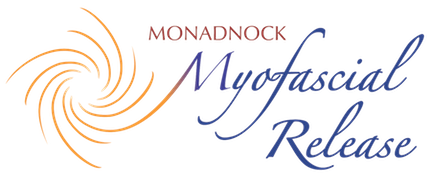My last newsletter left off after hiring  an office manager and starting the health insurance billing process. Since that time, I’ve had the privilege of managing and mentoring staff OT’s, PT’s, MT’s, office managers, and many people who help out part time with billing, accounting, marketing, website design and management, etc. It’s a big list even for a small company. Each person who’s worked with MMFR has added their own unique flavor. These talents are integrated into the practice soup, so to speak, and offered to our clients.
an office manager and starting the health insurance billing process. Since that time, I’ve had the privilege of managing and mentoring staff OT’s, PT’s, MT’s, office managers, and many people who help out part time with billing, accounting, marketing, website design and management, etc. It’s a big list even for a small company. Each person who’s worked with MMFR has added their own unique flavor. These talents are integrated into the practice soup, so to speak, and offered to our clients.
I’m very proud to say that all the therapists who’ve worked here have been praised by clients. Each therapist has had clients who say they are their favorite. This makes such perfect sense to me as they are all therapeutic artists and offer their unique perspective to clients. As well, I’m proud that every therapist who’s worked here has had at least five years of experience, and brings other modalities to the table. We now have five OT’s, and one MT offering their services. If the therapist you are working with isn’t the right fit, we have others that will be. No one takes this personally. We all understand it’s important to find the right fit, for both the client and the therapist.
I’m going to say this once more, I’m proud of the therapists who have worked and are working at MMFR for many reasons. But, mostly because they truly care about our clients. They truly love the work they’re doing, and they love working at MMFR. In this world where healthcare is moving toward large corporations taking over hospitals, nursing homes, and outpatient practices, it’s very hard for MMFR to compete with the salary and benefits they can offer O.T.’s.
These large corporations are able to negotiate higher rates of reimbursement from insurance companies for the same billing codes we have to use here at MMFR. However, we spend all of our time with our clients in a one on one session, and for at least 40 minutes, usually longer. These same companies ask their therapists to work with multiple clients at once and usually for 30 minutes or less. What we offer is a much higher quality service, yet we get reimbursed less.
The therapists who work here do so because they love the freedom to do what they know works for clients here, and the support and mentoring I have to offer them. I continue to choose to bill health insurance companies in network so that MMFR can continue to provide a needed service to our community. Please keep this in mind the next time you’re in for your treatment session, and give your therapist a special thank you
